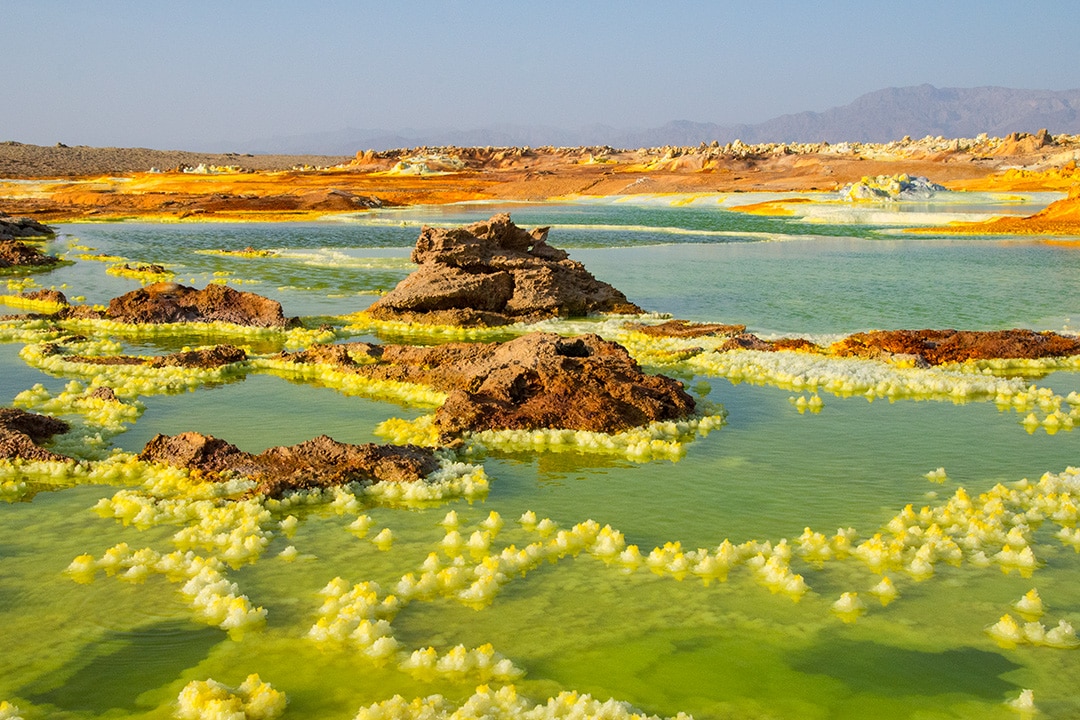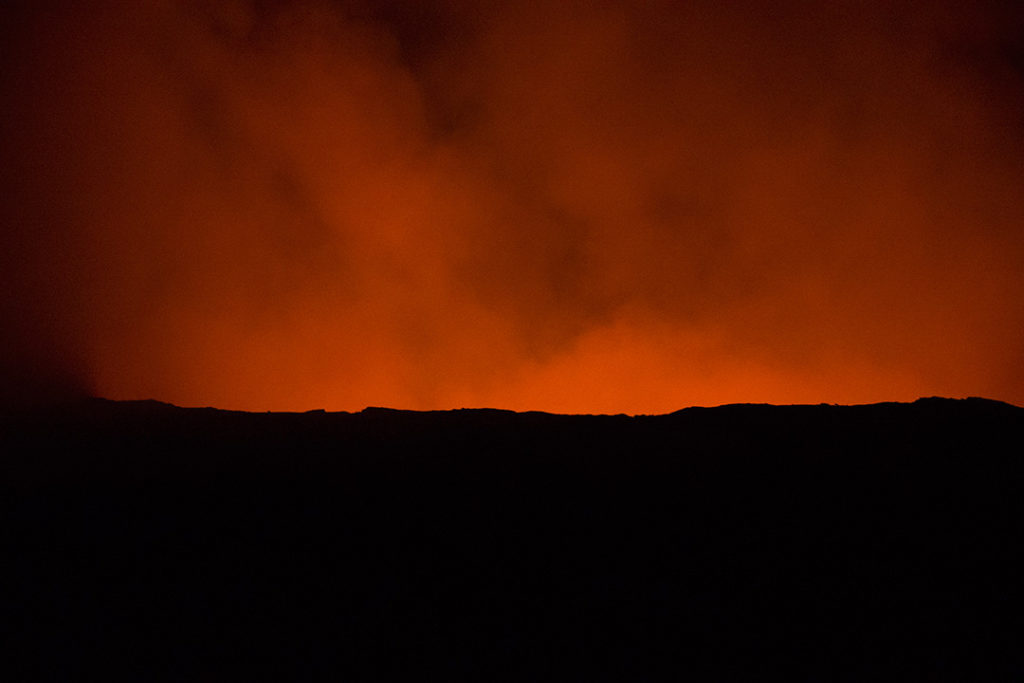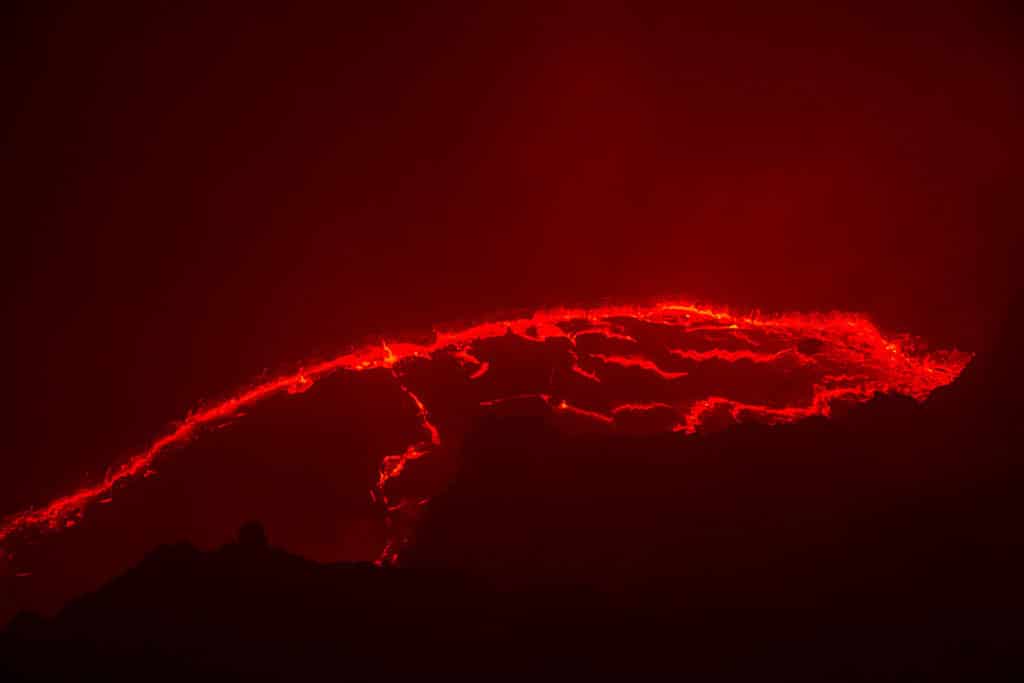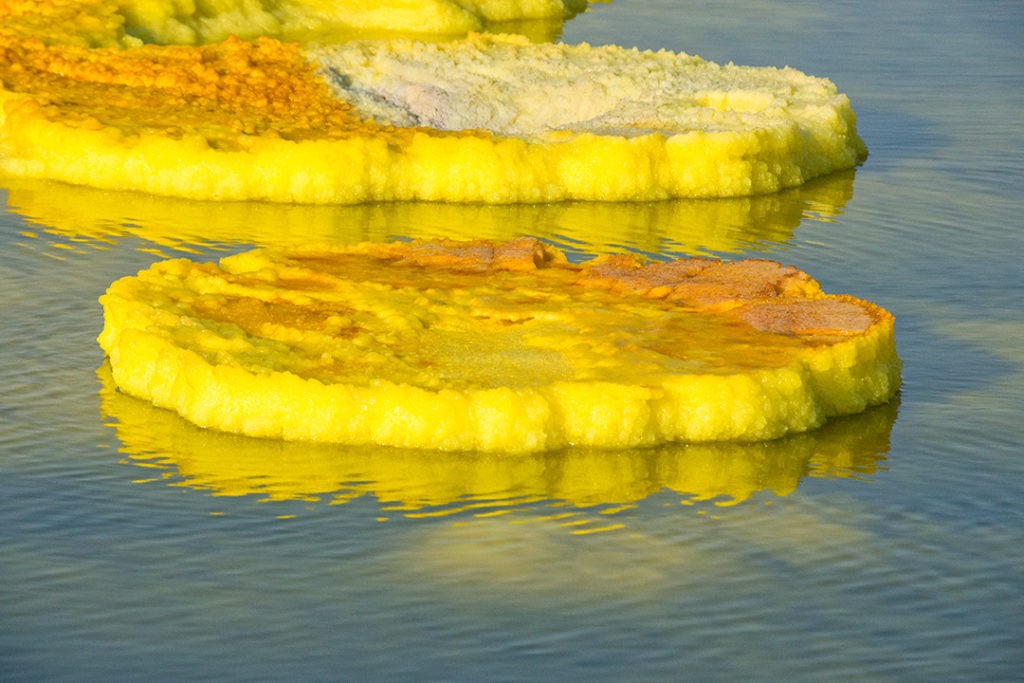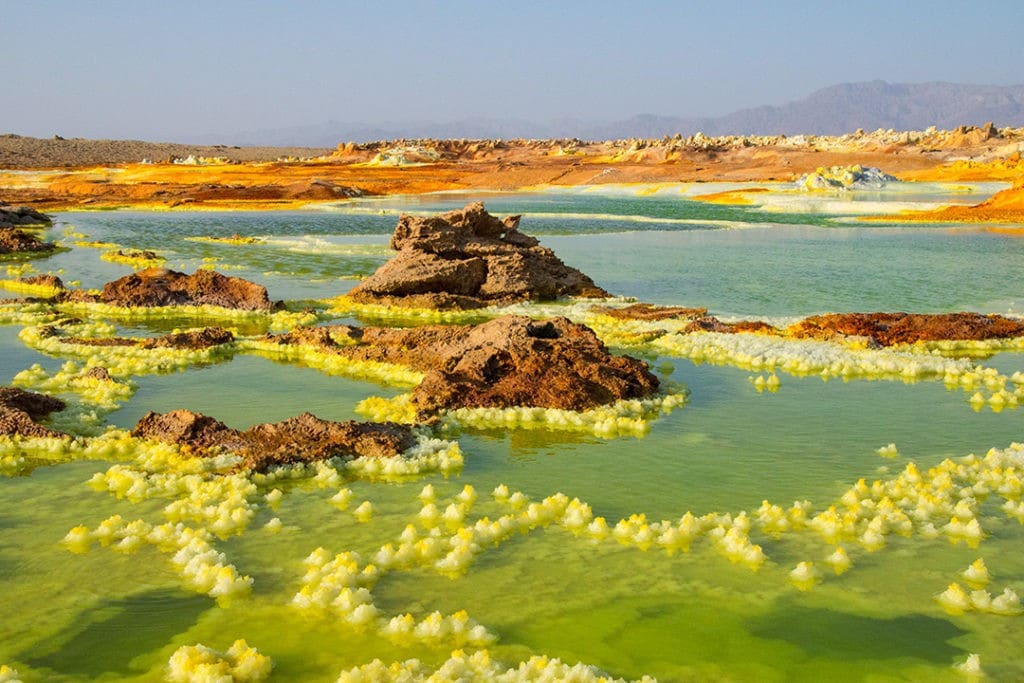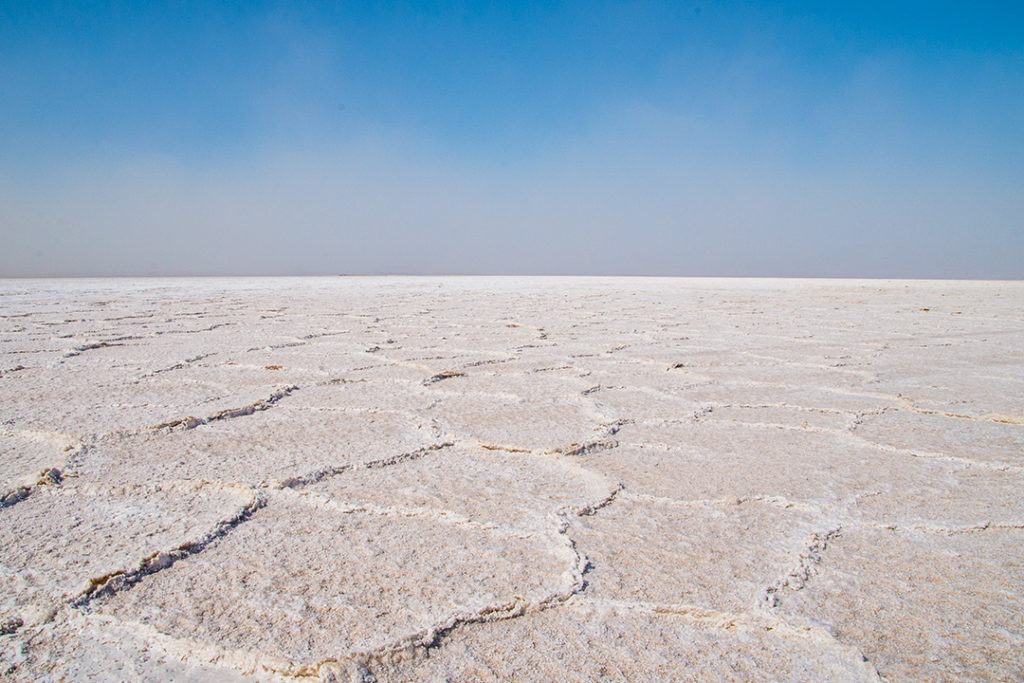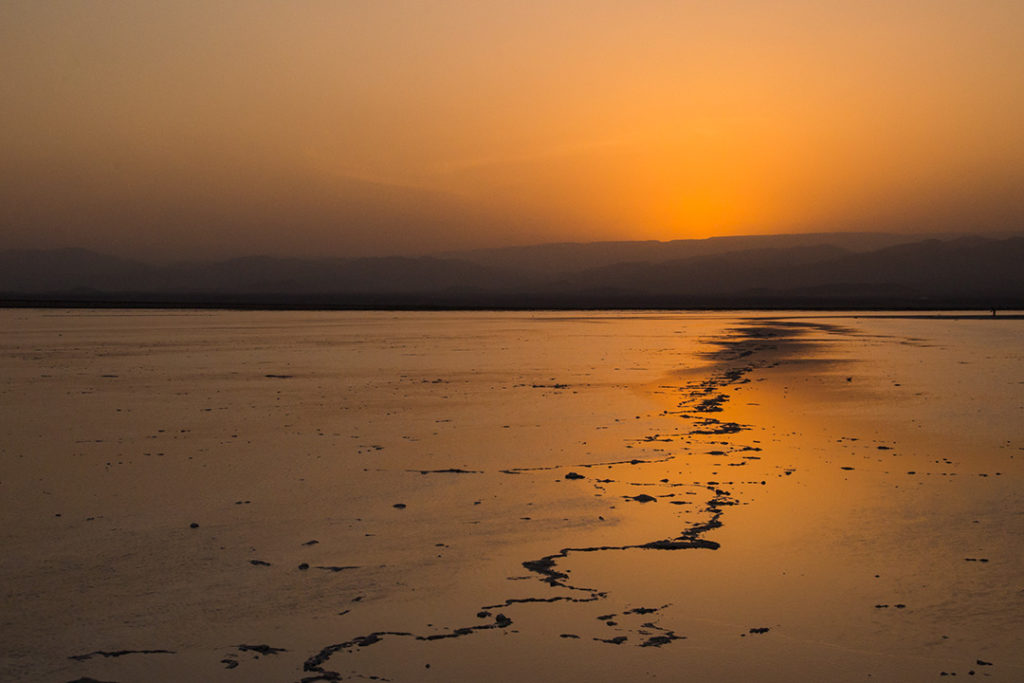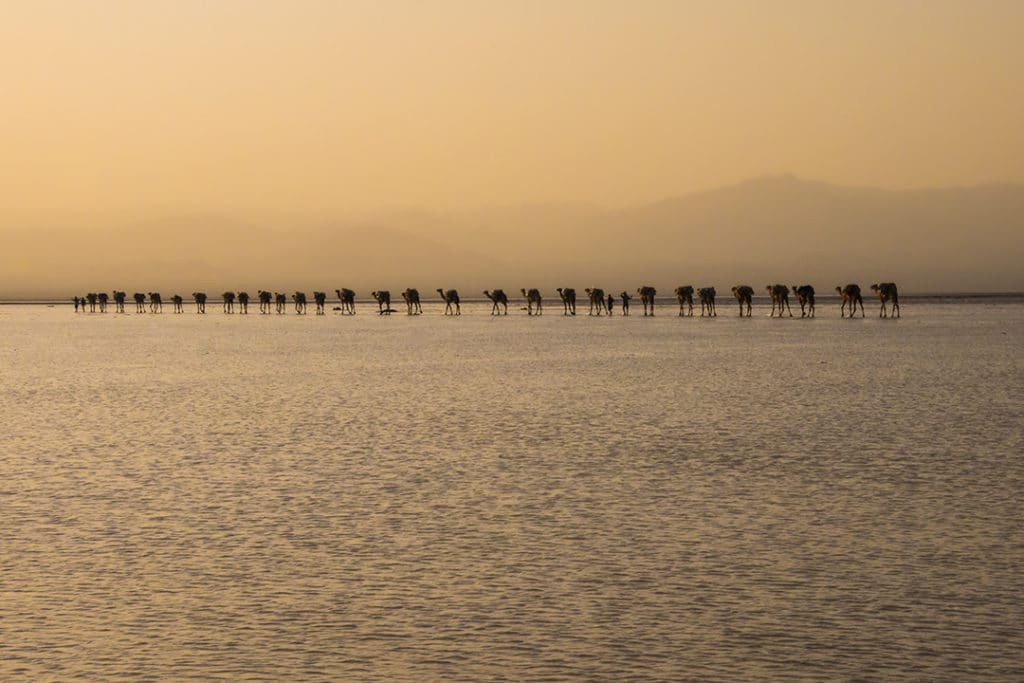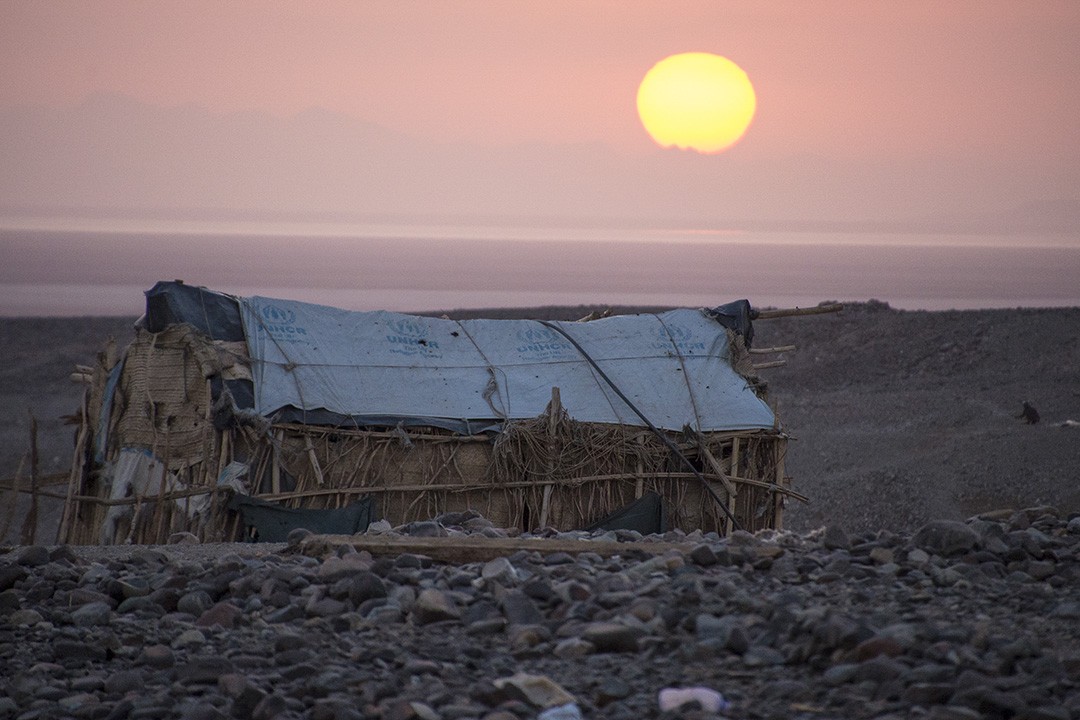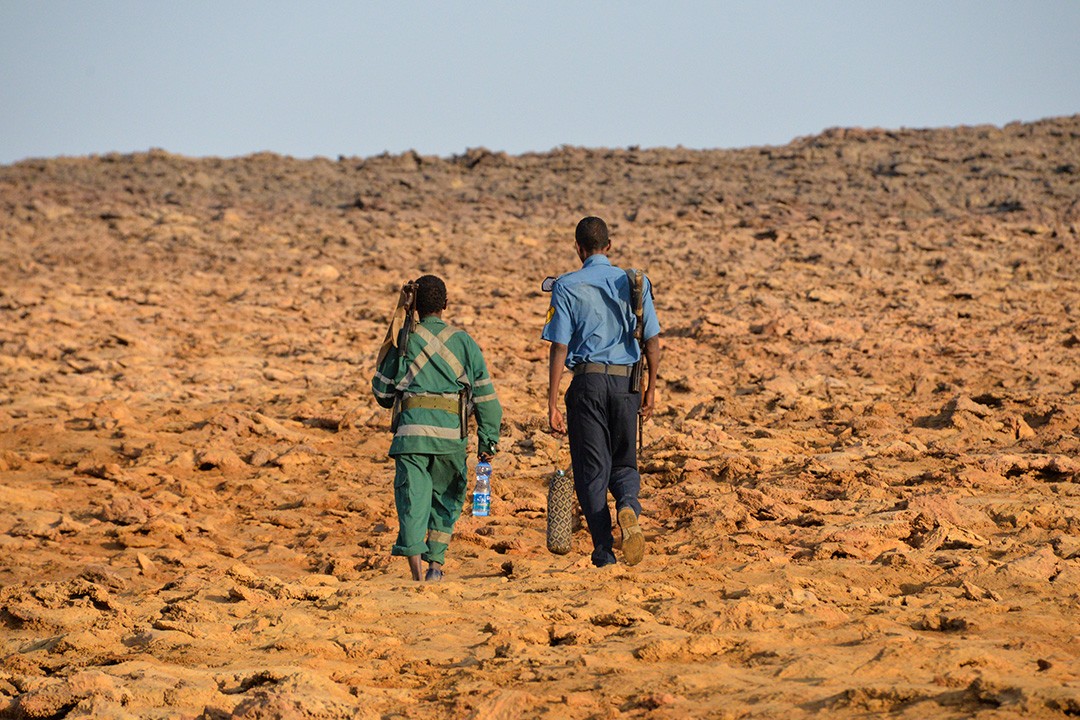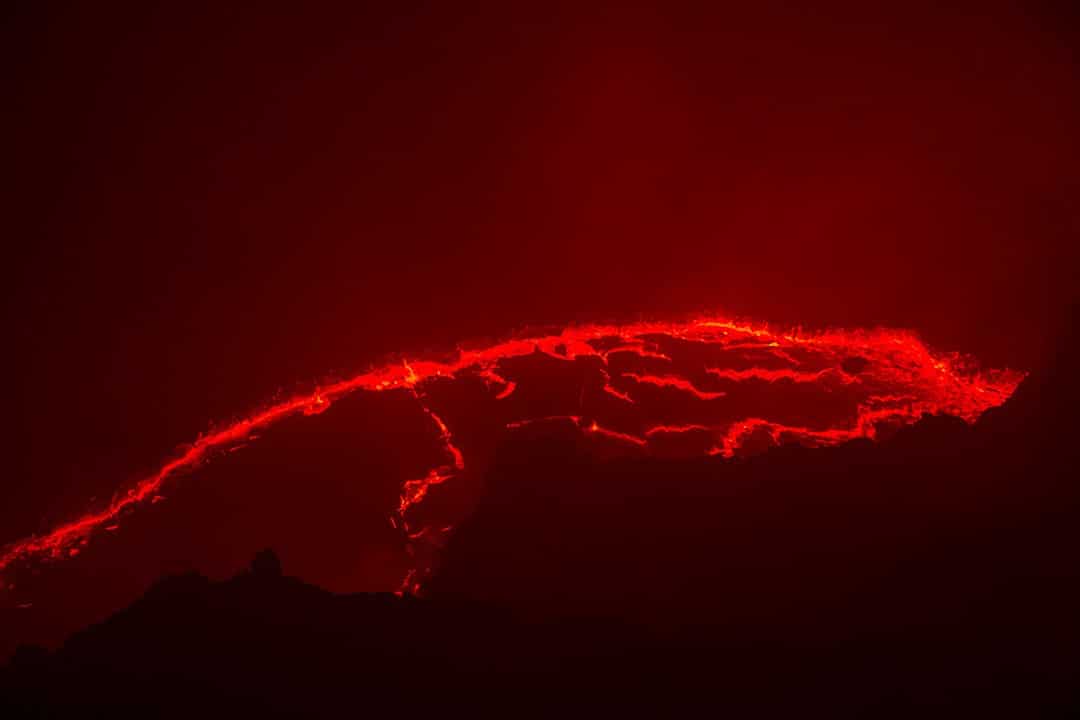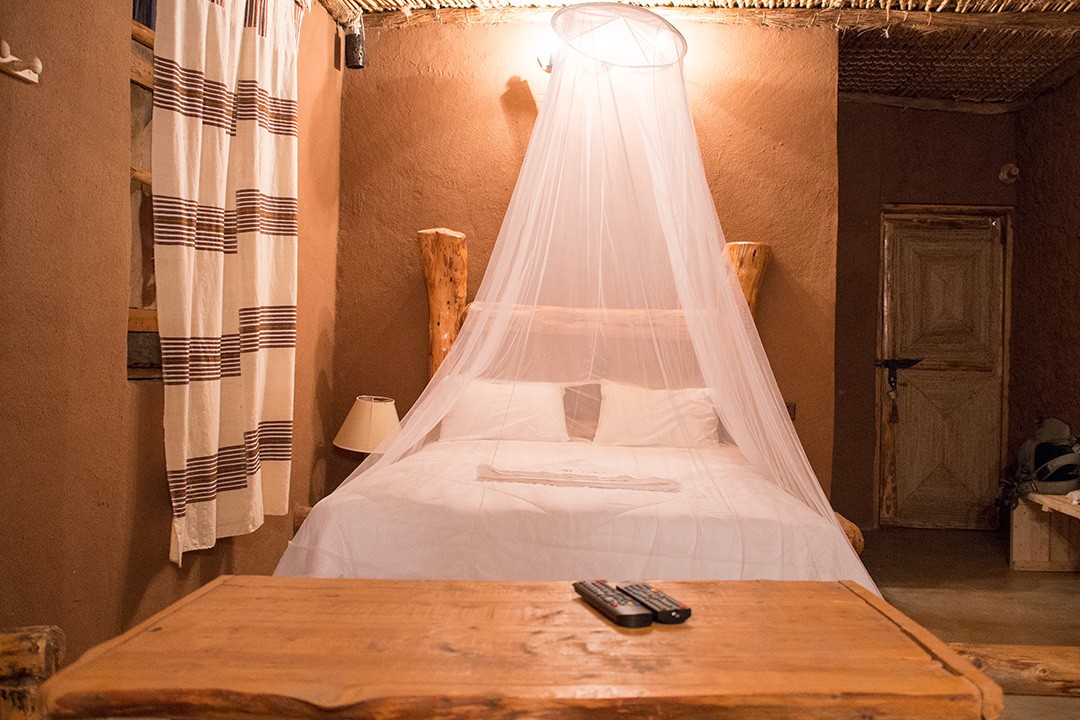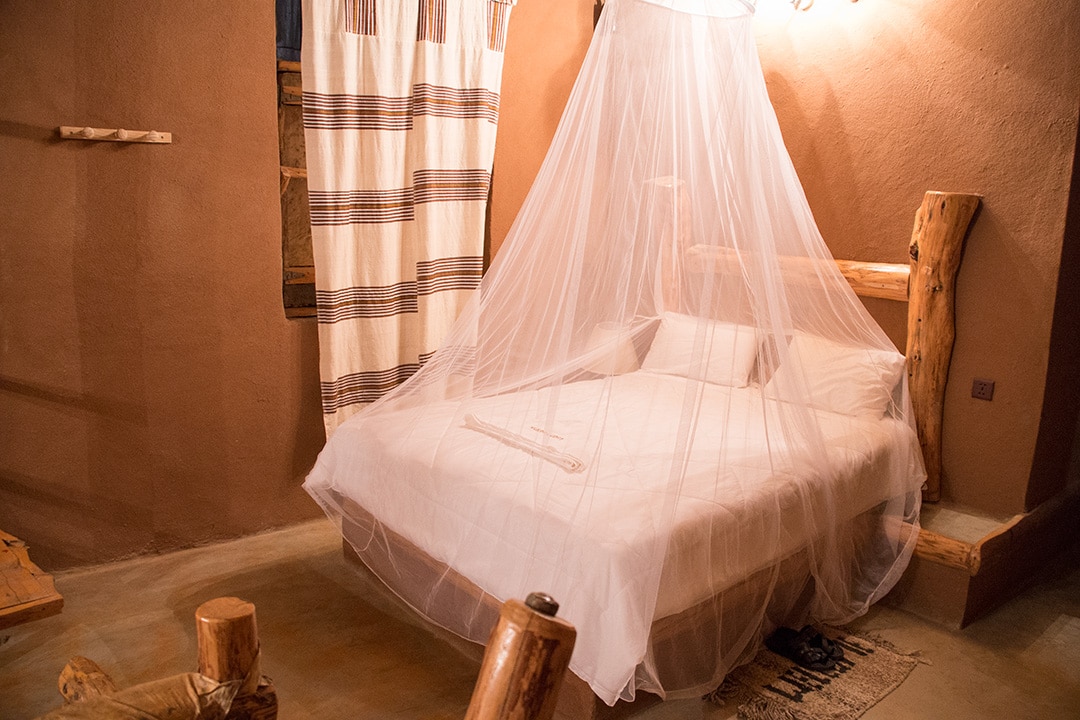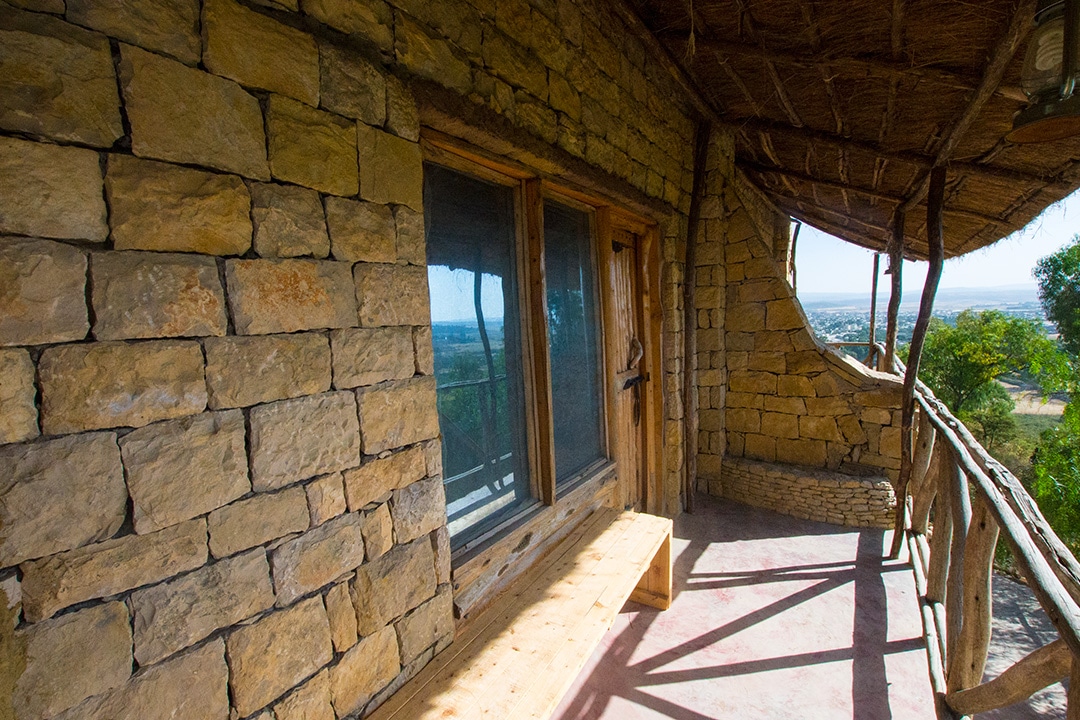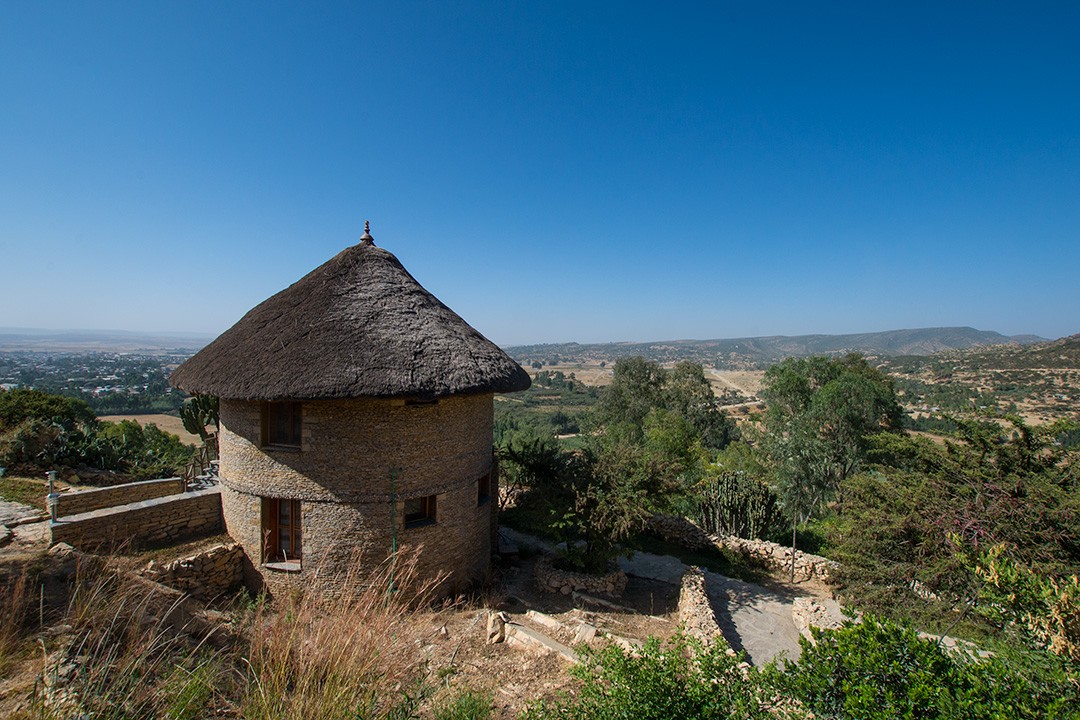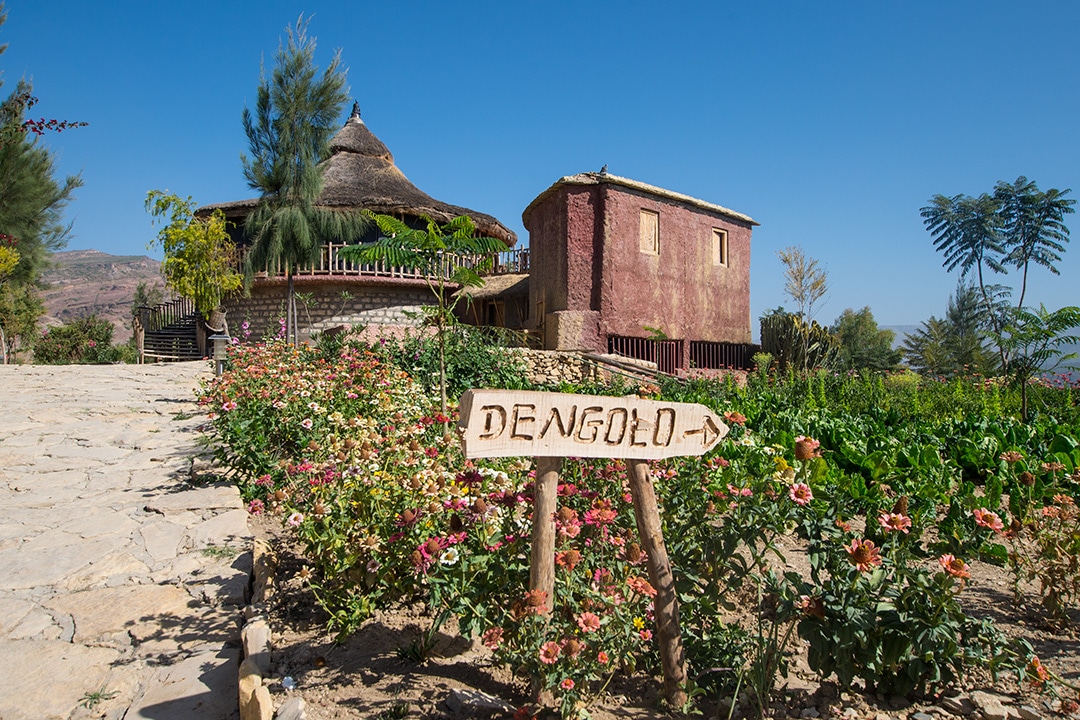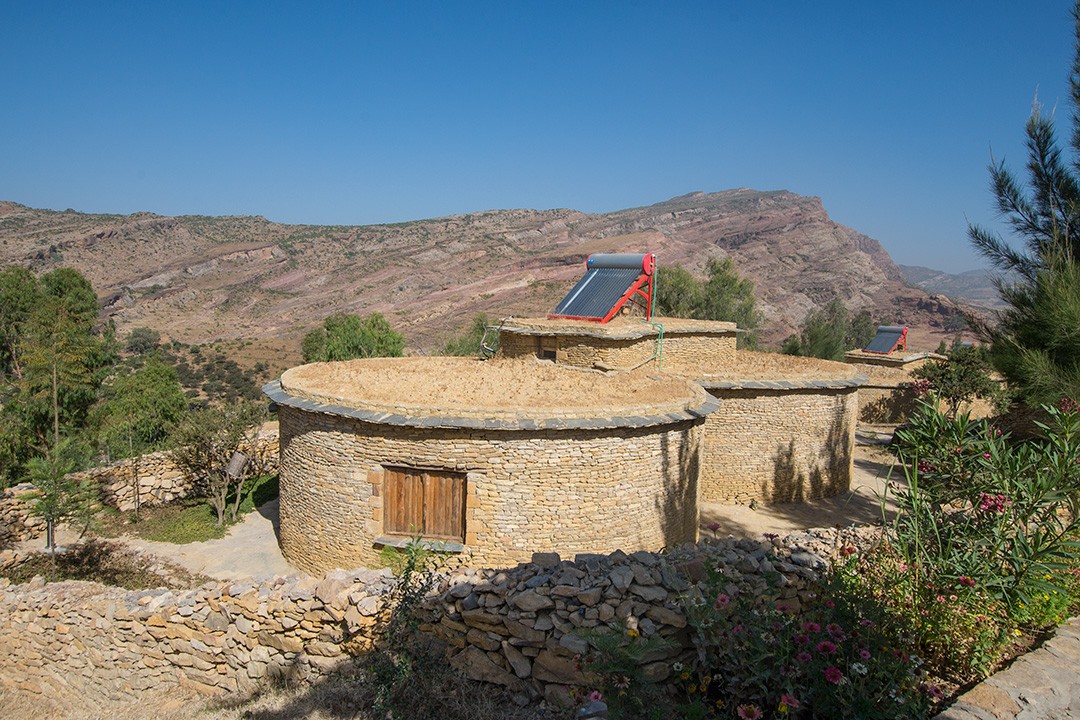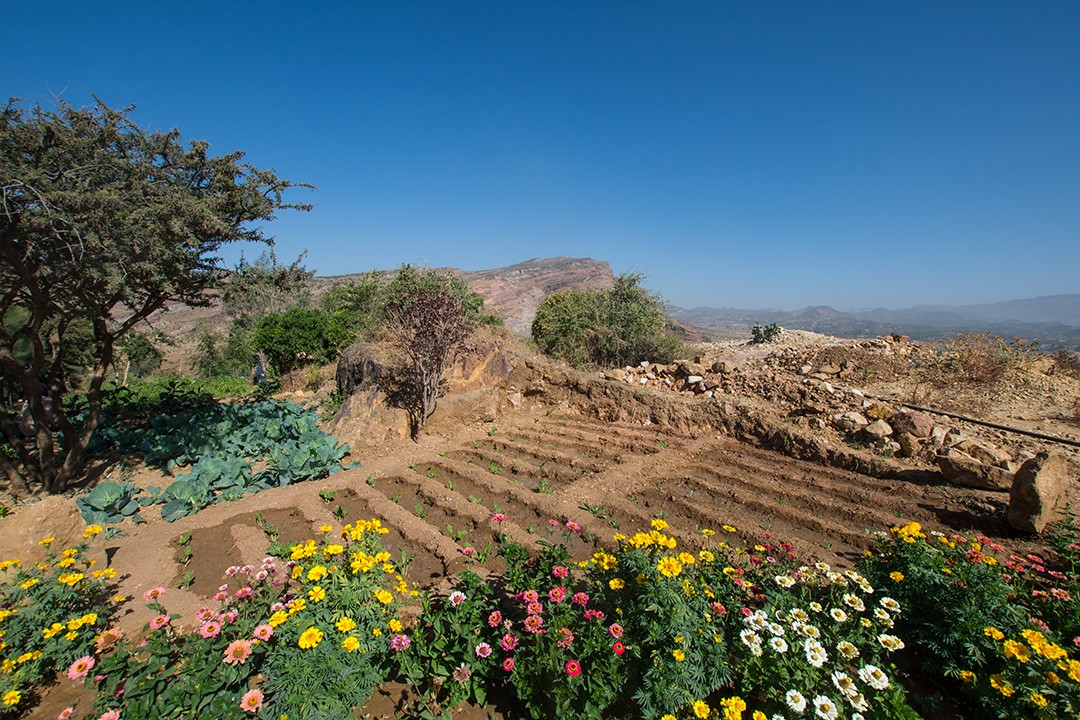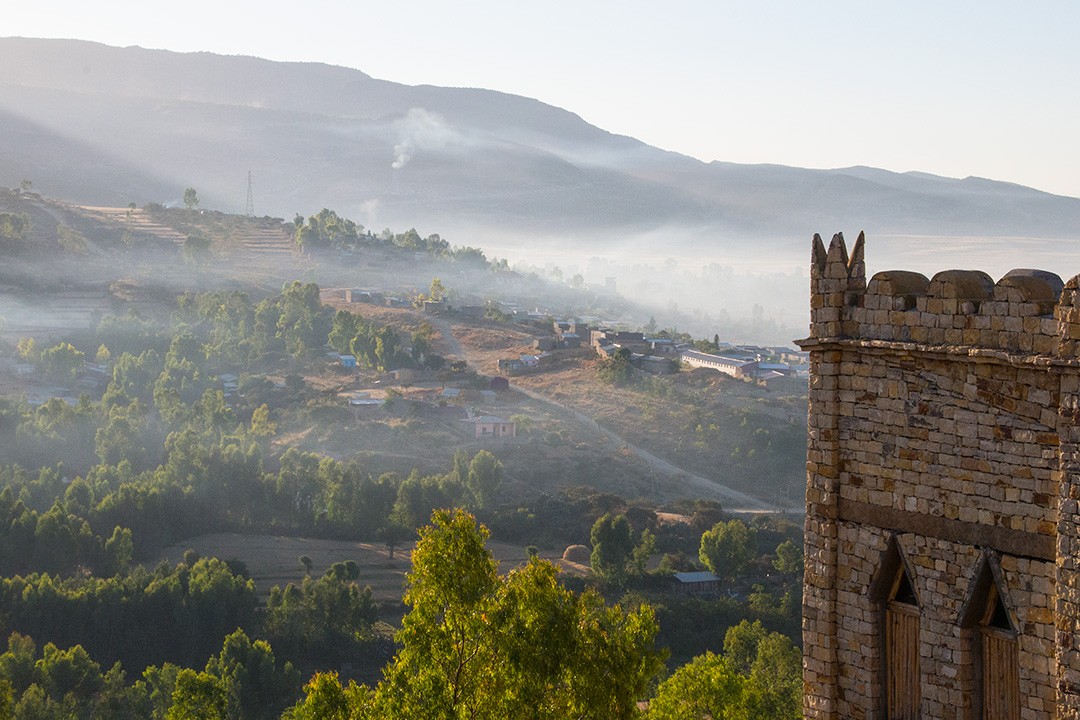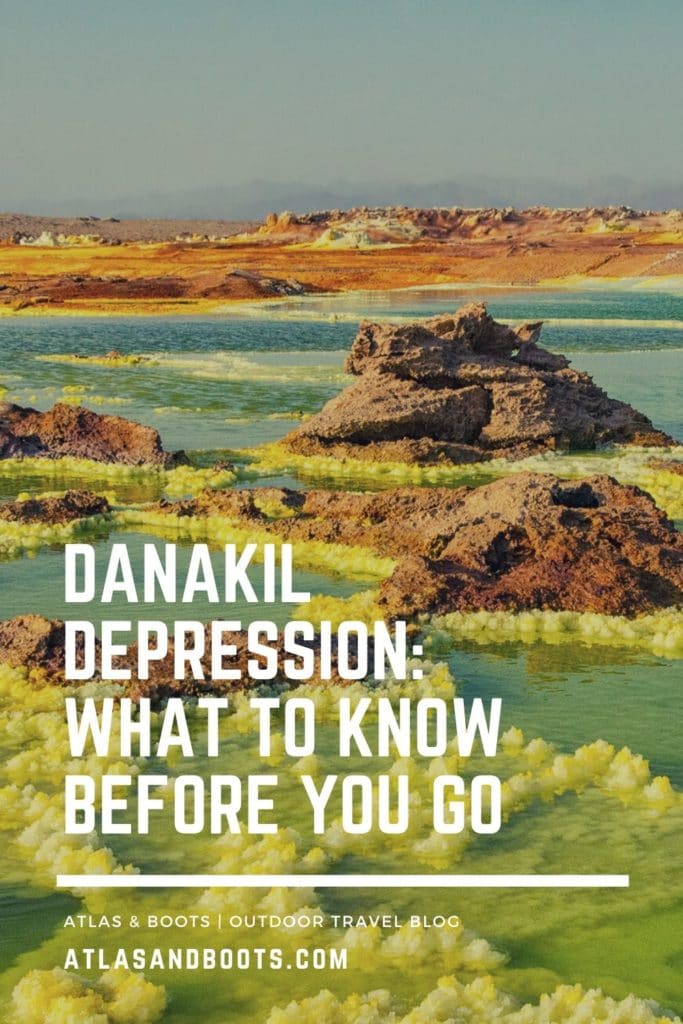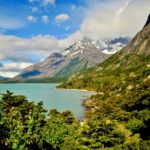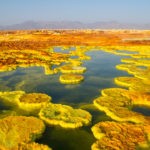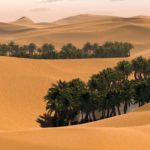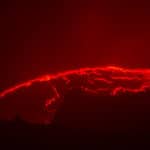Danakil Depression tours provide a fascinating look at a remote part of the world. We lend some insight into what you should know before you go
By certain measures, the Danakil Depression in Ethiopia is considered to be the hottest place on earth with temperatures regularly reaching 45°C (113°F). Despite the challenges involved in visiting such a remote and hostile environment, there are numerous Danakil Depression tours on offer.
Surprisingly, tour companies tend to provide very little information for their would-be customers. Key information such as what to expect and what to pack is missing from most tour company websites.
We highly recommend a Danakil Depression tour if visiting Ethiopia, but such a trip may not be for everyone. We share our experience and insight for those hoping to book a tour through one the most hostile environments on Earth.
What we did
We booked onto a 2-night, 3-day tour with Smiling Ethiopia who come recommended in Lonely Planet Ethiopia. Different tour companies may offer different itineraries, but most will follow something similar to the below.
Day 1
08.00: Leave hotel in Wukro / Mekele for Erta Ale, stopping for lunch en route
15.00: Arrive Erta Ale basecamp
17.00: Dinner at Erta Ale basecamp
18.00: Hike up to Erta Ale crater
21.00: Visit Erta Ale crater before camping nearby
Day 2
04.00: Hike back down to Erta Ale basceamp
07.00: Breakfast at Erta Ale basecamp
08.00: Drive to Dallol, stopping for lunch en route
15.00: Arrive at Ahmedlea near Dallol
16.00: Visit Lake Asale for sunset
18.00: Dinner at Ahmedlea
Day 3
06.00: Breakfast
07.00: Visit Dallol sulphur lake, salt mountains and salt mines
11.00: Return to Wukro / Mekele stopping for lunch en route
14.00/15.00: Arrive Wukro / Mekele
Atlas & Boots
What to expect
A lack of infrastructure
There are no showers, commode, electricity or fresh water available on Danakil Depression tours. You’ll have to use the “bush” for toilet stops and go without washing. All drinking water should be supplied by your tour guide, but it’s worth checking before departure. The aforementioned “bush” is often just a ditch given the lack of greenery in the desert.
A brisk pace
The walk up to Erta Ale is brisk. If you try to keep up with the guides, they will only go faster! Expect to hike for three hours up and three hours down, mostly in the dark, and don’t be afraid to ask for regular stops or a slower pace.
A hot climate (of course!)
It isn’t called the “hottest place on Earth” for nothing! Fortunately, most physical exertion takes place either after sundown or early in the morning. Be warned, however, that it can be uncomfortably hot in the region at any time of day.
A motley military escort
A military escort is mandatory on all Danakil Depression tours. However, the escorts change at each destination and their uniforms vary greatly. We had at least one official soldier, a policeman, a scout (unofficial guide) and a plain-clothed civilian.
A sense of danger
Do exercise caution. Don’t stray far and do not leave your group. An elder gentleman on another tour left his group in the morning to get a head start and caused a big kerfuffle at camp. More soberingly, a tourist was shot just days after our visit.
You may also wish to keep an eye on where your military escort points his gun. They’re rather laidback in how they position their weapons, which is a little unnerving to say the least!
Long days in the car
Distances between the main sites are large and sealed roads are rare. It is a three-hour bumpy and dusty drive from the sealed road on day one to access Eta Ale. There is an asphalt road under construction but it may not be complete for some time. The journey between Erta Ale and Dallol is essentially a day’s drive although there are regular stops for photo opportunities and lunch.
Stragglers and randoms
There was often one person in our vehicle we had no clue about. This is acceptable because the distances are so vast that you can’t blame your guide for picking up people en route. However, an explanation is rarely given and the freeloaders will occasionally baffle or even annoy. We had one passenger playing music on his phone aloud for some time and another casually defecated at the rear wheel during a photo stop.
Gas masks
At Erta Ale basecamp we were issued with gas masks to use at the rim of the volcano. The sulphuric fumes from the lava are toxic, so it’s worth exercising caution and using them.
Children in the middle of the desert
When driving through the desert, don’t be surprised to see children emerging from the dust as if from nowhere. The Afar people carve a living from the arid landscape and children are often allowed to wander.
Extreme poverty
Despite having one of the fastest growing economies in the world, Ethiopia remains a very poor country. Hardship is rife and around a third of Ethiopians live in poverty. The Afar region and its hostile climate is particularly harsh.
What to pack
- Bright head torch (one per person)
- Sleeping bag (lightweight is sufficient)
- Tissue/wet wipes
- Sunscreen
- Cap or sunhat
- Antibacterial gel
- Rubbish bag
Danakil Depression tours: the essentials
What: Danakil Depression tours in Ethiopia.
Where: Our Danakil Depression tour was bookended by a stay at Wukro Lodge in the town of Wukro. This cozy eco lodge uses solar power and boasts traditional decor and excellent views over the surrounding hills. There is free wifi in public areas, an onsite bar and restaurant and, at the time of writing, a pool under construction.
Atlas & Boots
As mentioned, the accommodation on Danakil Depression tours is extremely basic. At Erta Ale, we camped on thin mattresses in a stone hut. On the second night, we slept under the stars on makeshift wooden beds. W
e recommend packing your own sleeping bag. While the area is known for soaring temperatures, the nights do get windy. Note that there is no commode, so you must be comfortable walking out a way to answer nature’s call.
When: The best time for Danakil Depression tours is between October to February when its soaring temperatures are most tolerable.
How: Our tour was with Smiling Ethiopia who come recommended in Lonely Planet Ethiopia. The two of us were accompanied by one English speaking guide, two drivers, two cooks and a two-party military escort, transported via two 4×4 vehicles.
The tour was well organised and as comfortable as could be given the lack of underlying infrastructure in the area. (We recommend packing a bright head torch, sleeping bag, tissue/wet wipes and antibacterial gel.) Our 4x4s were sturdy and strong, and we ate extremely well thanks to our talented chef, Yidnak, and his assistant.
We paid $300 USD per person for a 2-night, 3-day tour taking in Erta Ale, Dallol and the salt flats of Lake Assale. It’s pricey but well worth the money. An extended 3-night, 4-day tour is priced at $400 per person. Book via Mulugeta Gebrehiwot: smilingethiopiatravel.com, smilingethiopiatravel@yahoo.com, (251-1) 150694.
Skybus and Selam operate comfortable buses between Addis Ababa and Mekele, the jumping-off point for Danakil tours. If you opt for Wukro Lodge, you can take a local bus to Wukro from Mekele bus station (15 ETB, 0.5 USD per person; 48km) and then a tuk tuk to the base. The lodge is a five-minute trudge uphill.
Domestic flights are the quickest way to travel in Ethiopia (check latest routes here). It’s far cheaper to book flights at an Ethiopian Airlines office in the country. Be sure to mention if you flew with them internationally as you will be eligible for a substantial discount.
Addis Ababa is the country’s primary international airport. Book international flights via skyscanner.net.
Enjoyed this post? pin it for later…
Lonely Planet Ethiopia is a comprehensive guide to the country, ideal for those who want to both explore the top sights and take the road less travelled. If you prefer to travel in a tour, we recommend G Adventures and their small group Ethiopia tours.
